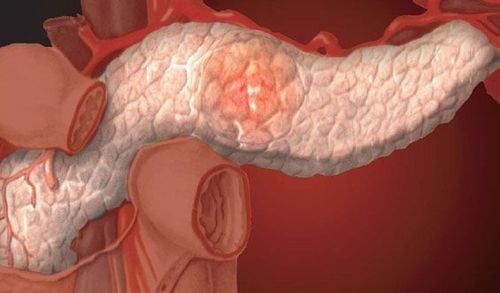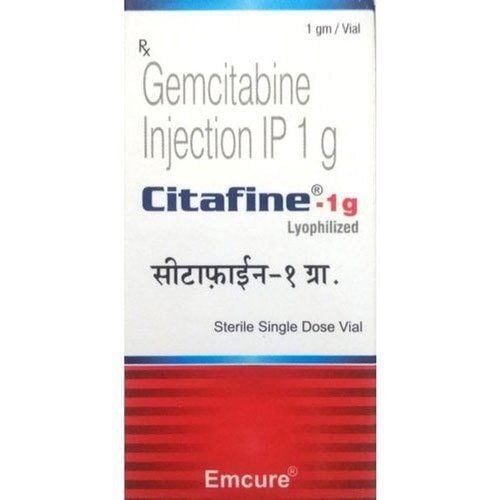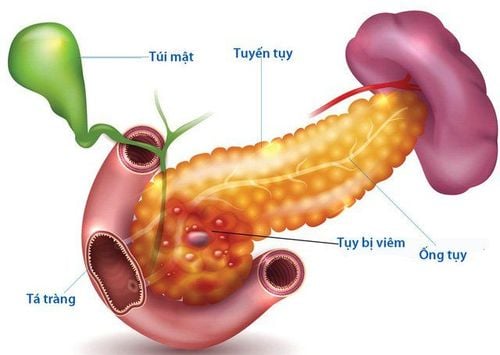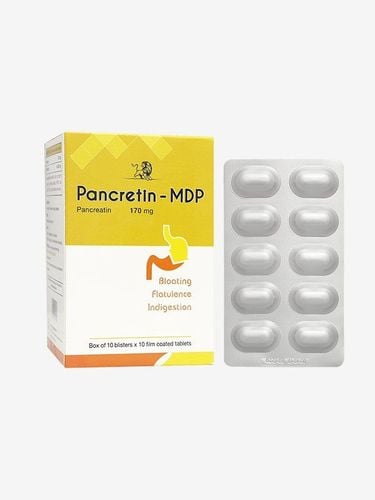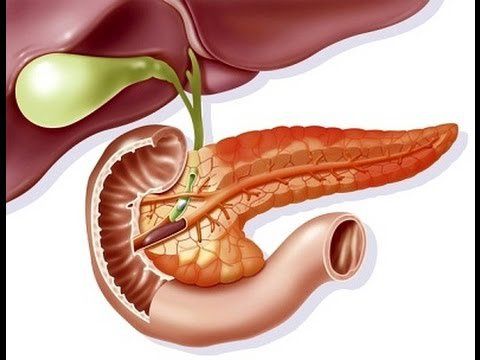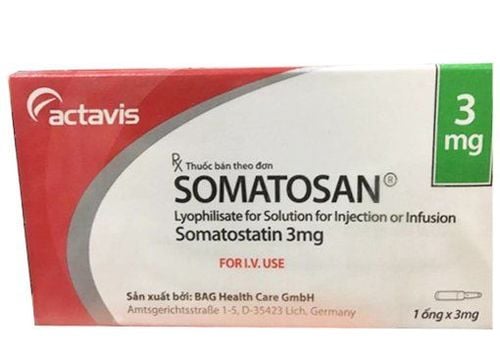This is an automatically translated article.
The article is expertly consulted by a Doctor of Gastrointestinal Endoscopy - Department of Medical Examination & Internal Medicine - Vinmec Da Nang International General Hospital.Recurrent or persistent episodes of epigastric and left upper quadrant pain radiating to the left upper back are typical symptoms of chronic pancreatitis. If chronic pancreatitis is not treated promptly, it can cause many dangerous complications and even death after a long time of illness.
1. How dangerous is chronic pancreatitis?
When untreated chronic pancreatitis can lead to death up to 50% within 20-25 years, 15-20% of deaths due to health complications, including:Pancreatic pseudocysts (Pseudocysts): Large cysts that rupture can cause complications such as internal bleeding and infection. Infection: Makes the pancreas more susceptible to bacteria and infections. Pancreatic infections are extremely serious and require intensive treatment to remove the infected tissue. Diabetes: Damaged insulin-producing cells by the effects of pancreatitis can lead to diabetes Malnutrition: Both acute pancreatitis and chronic pancreatitis can cause the pancreas to produce less enzymes It is necessary to break down and process nutrients in the foods you eat every day. This can lead to malnutrition, diarrhea and weight loss. Pancreatic cancer: Chronic pancreatitis is considered one of the risk factors for pancreatic cancer, accounting for 4% of all deaths.
2. Can chronic pancreatitis be cured?
For people who are at risk and already have chronic pancreatitis, whether chronic pancreatitis can be cured is a big question. Chronic pancreatitis is a common disease caused by acute pancreatitis without timely treatment, incomplete treatment or incorrect treatment (using drugs of unknown origin).Although the pain of pancreatitis usually goes away on its own, chronic pancreatitis can be a serious, life-threatening condition if not diagnosed and treated promptly.
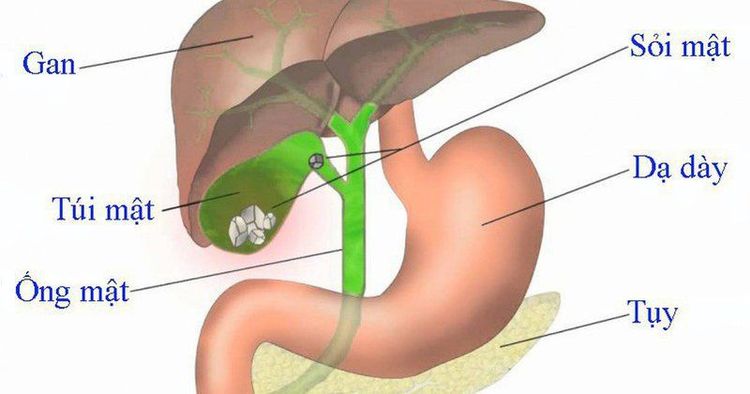
Viêm tụy mạn có chữa được không?
3. How is chronic pancreatitis treated?
The goals of chronic pancreatitis treatment include pain relief; prevention of recurrent symptoms; treatment of complications such as diabetes and malnutrition, increasing the patient's ability to eat and digest.3.1. Medical treatment Patients need dietary changes, including limiting fat, eating smaller (but more frequent) meals and limiting caffeine. Alcohol is banned because alcohol often promotes acute flares of inflammation. Sleeping pills should be avoided if possible.
Fatty stools are treated with selected pancreatic preparations based on high lipase activity. The usual dose is 30,000 lipase units in capsules taken before, with a meal. Concomitant administration of sodium bicarbonate 650 mg before and after meals, H2-receptor antagonists (such as ranitidine 150 mg twice daily) or proton pump inhibitors (such as omeprazole 20-60 mg/day) reduce the inactivation of H2-receptor antagonists. lipase by acids and thus may reduce steatorrhea.
Pain secondary to idiopathic chronic pancreatitis can be relieved in some cases by administration of pancreatic enzymes or analgesics. If diabetes is present, it should be treated in the usual way with insulin.
3.2. Surgical and laparoscopic surgical treatment Surgery to remove pancreatic duct obstruction: Surgery may be indicated in chronic pancreatitis to drain persistent pseudocysts, treat other complications, or more rarely is to relieve pain. The goals of surgical intervention are to rule out biliary tract disease, ensure bile flow into the duodenum, and rule out pancreatic duct obstruction.
Method of pancreatic duct drainage: When pancreatic duct obstruction at the terminal part of the duodenum is detected by endoscopic retrograde cholangiography, dilatation of the duct, or pancreatic tail resection with surgical attachment of the distal end of the duct. pancreaticojejunostomy. When the pancreatic duct is diffusely dilated, the anastomosis between the duct after it is longitudinally dissected and the jejunal margin loses function (variable Puestow maneuver), in some cases if combined with focal resection. Pancreatic head will relieve pain in 80% of cases.
Pancreatectomy: In advanced cases, total or partial pancreatectomy may be considered as a last resort, but the results are variable and the potential for pancreatic insufficiency is high. Surgical or endoscopic drainage is indicated for symptomatic pseudocysts. Recent trials suggest that pancreatic ascites or pancreatic pleural fistulas due to ruptured pancreatic ducts can be managed with endoscopic mesh placement across the ruptured duct. Crushing the stone in the pancreatic duct by lithotripsy and endoscopic removal of the stone from the pancreatic duct, resection of the pancreatic sphincter, or drainage of a pseudocyst, may relieve pain in some patients.
Endoscopic plexus blockade: In patients with chronic pain and undilated ducts, percutaneous abdominal plexus blockade may be considered, but results are often disappointing. hope.
4. Where to treat chronic pancreatitis?

Bệnh viện Đa khoa Quốc tế Vinmec là cơ sở uy tín mà bệnh nhân có thể tin tưởng tìm để khám chữa bệnh
Vinmec International General Hospital is a prestigious facility that patients can trust to seek medical care. Vinmec with full equipment and modern technology, advanced examination and diagnosis techniques, always updated with the latest advances in medicine, especially the high level of expertise and experience of the doctors will help accurately diagnose pancreatitis, so that there are specific treatment advice for each case to achieve the highest efficiency.
Please dial HOTLINE for more information or register for an appointment HERE. Download MyVinmec app to make appointments faster and to manage your bookings easily.




